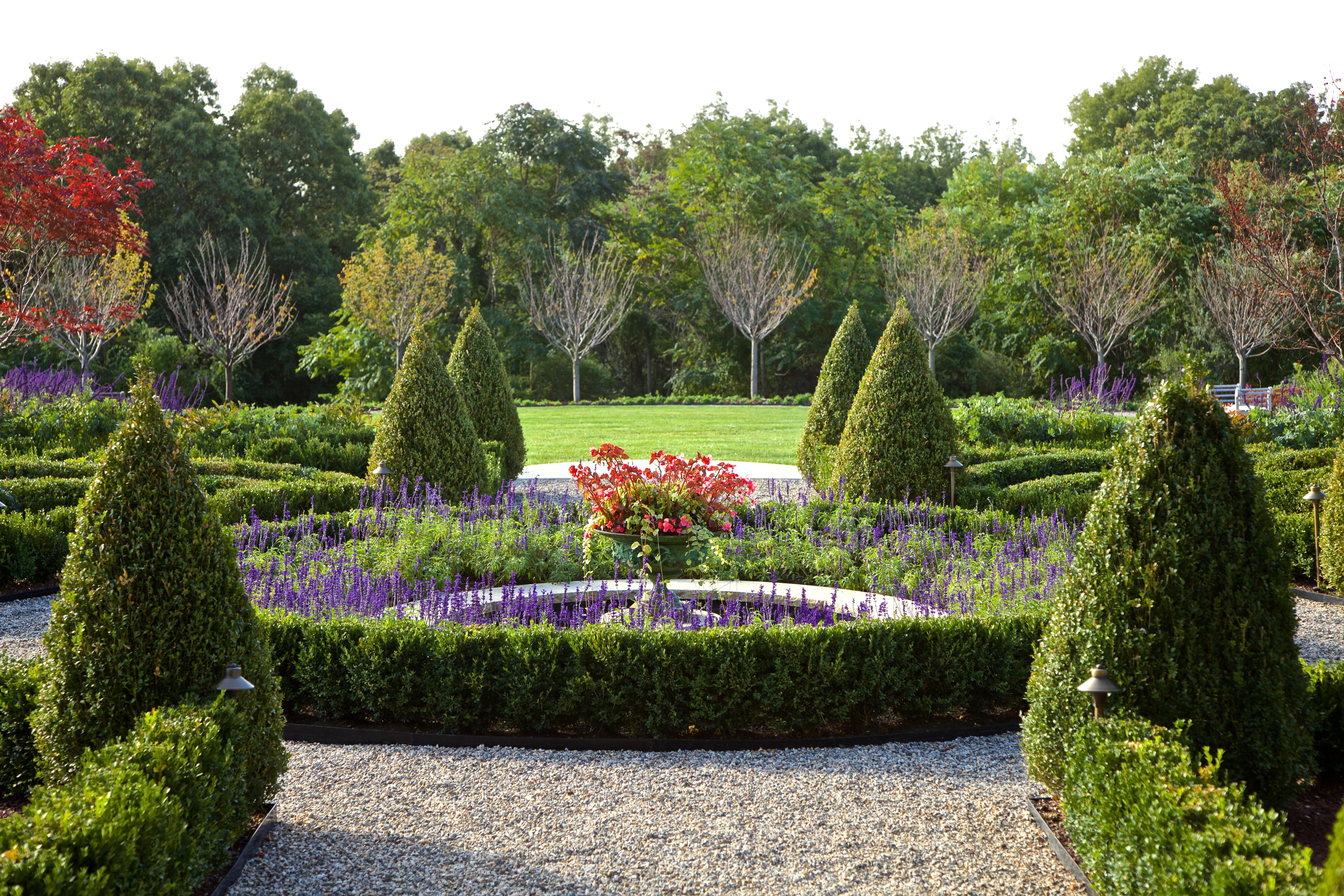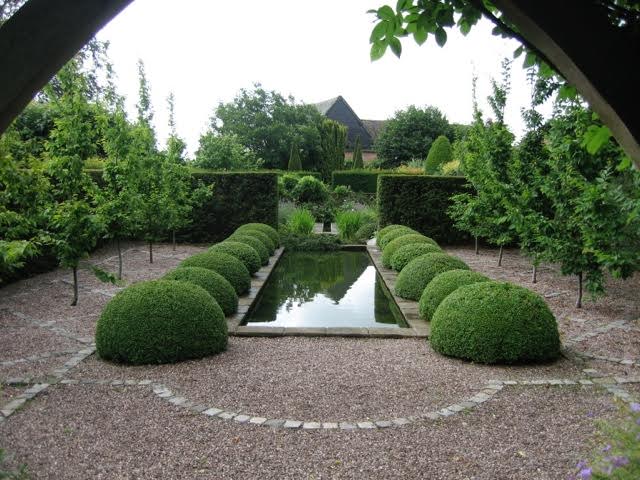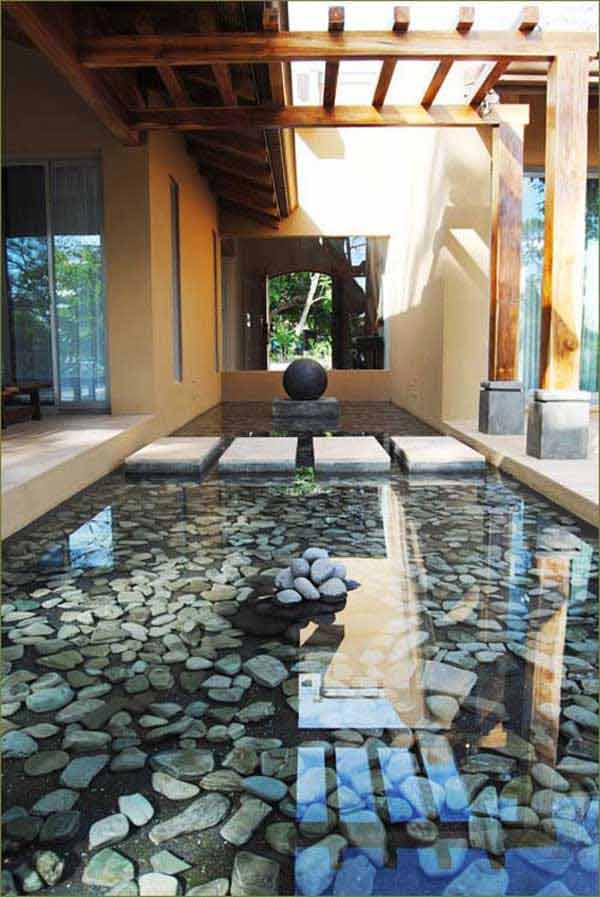
This is generally less labour when done with a dose of "messy" - throwing seed balls and letting nature decide what the results are - but there's no reason that a polyculture can't be planted with more "math". Do the above 4 with as much safe, locally produced inputs as possible. Use as many perennial plants as possible.ĥ.

Support all the organisms that make a "forest" healthy - macro (birds, snakes, etc) mini (worms, insects, spiders, etc) micro (soil bacteria, fungi etc).Ĥ. Manage water, holding rainwater and distributing grey-water so as not to need to pump clean water to water plants - make the plants as water self-sufficient as possible.ģ. To me, the key things that make a garden "permaculture" vs "something else" are the following things:Ģ. Etc.Īnyone have other ideas on a formal, ornamental style garden done with permaculture design? Pictures are always nice. Japanese style in a shady spot under and oak, mederterainian style on the sunny side of the house. Those are some ideas I had, I also had an idea to use different styles as inspiration for particular sections of the yard, placed in microclimates that fit their natural location. )Īll hedge clipping and pruning can use that bio mass for compost, mulch, fodder, wood for fires bio char etc. Green houses can preserve rare plants and animals for permaculture observation and study and genetic /species preservation.( I also have a interest in bonsai, terrariums, aquariums etc. Patterns found in nature can be replicated in a more formal mathematical style.įlowers attract insects, can be cut as a business, also look beautiful and attract people create outdoor rooms for people and microclimates for plants and critters Hedges and living fences are both beautiful and can create habitat for insects and birds etc. I figure permaculture can't really have a bad plant, if you know the functions it serves.


I'm trying to figure out if there are ways to make a beautiful gardens with some formal European elements mixed in with permaculture elements.Īny ideas of formal Renaissance garden elements that could be given a permaculture twist. My family which is only slowly warming up to the idea of permaculture I think might be more interested if the design was more formal. Our farm is actually in Versailles MO, and I went with my dad and my brother a few summers ago to Versailles France which may have sparked my love for these European gardens. Of course this was a very wealthy life stlye lived by kings like King Louis at Versailles. Gravity fed water fountains and displays, amazing hedges, this was a time where people really truly enjoyed the outdoors and spent a lot of time in the gardens.

Some beautiful gardens were also created at the beginning of the industrial revolution including glass houses and green houses filled with rare plants or to extend the season. Of course things were organic, and done by animal or human power mostly (of course servants usually did this work). These are beautiful gardens but they are different from permaculture gardens. These shows are mostly of large formal gardens made by royalty or wealthy powerful people 100s of years ago. I've recently watched Monty Don's French Garden show and Italian Garden show on Netflix as well as some of his other garden shows.


 0 kommentar(er)
0 kommentar(er)
